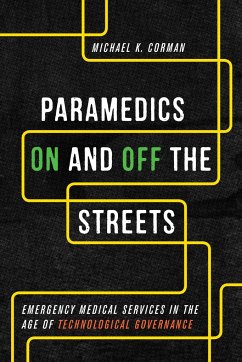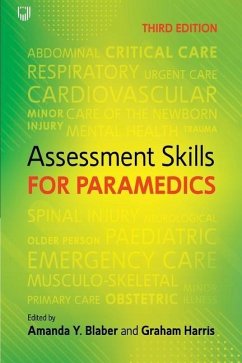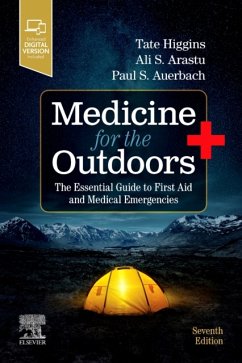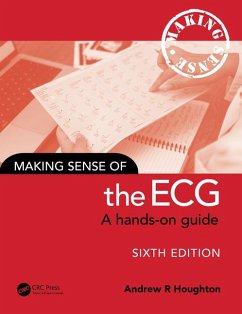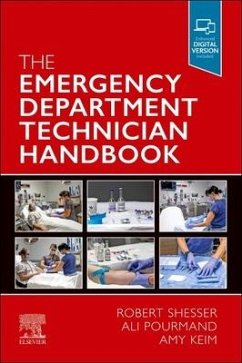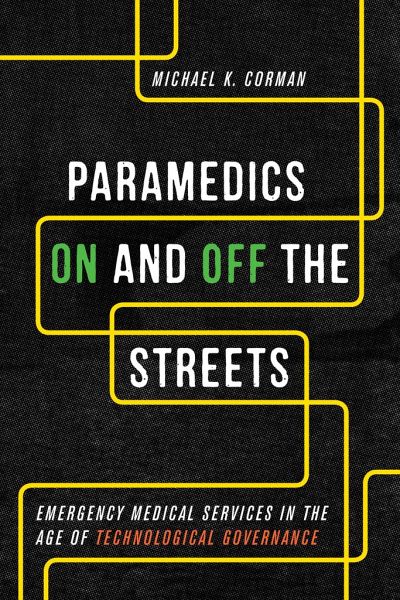
Paramedics on and Off the Streets
Emergency Medical Services in the Age of Technological Governance
Versandkostenfrei!
Versandfertig in über 4 Wochen
79,99 €
inkl. MwSt.
Weitere Ausgaben:

PAYBACK Punkte
40 °P sammeln!
In Paramedics On and Off the Streets, Michael K. Corman embarks on an institutional ethnography of the complex, mundane, intricate, and exhilarating work of paramedics in Calgary, Alberta.



